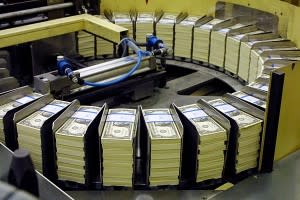Dividend “High Yielders”: Head-To-Head
Interest in dividend-focused strategies has surged in recent years, as investors continue to look for ways to enhance their portfolio’s yield without taking on excessive risk. As such, the ETF industry has responded to this demand, pumping out a wide array of products that offer the stable and attractive yields many are looking for. A closer look at the yields and performance metrics of these products, however, reveals significant differences [see 101 High Yielding ETFs For Every Dividend Investor].
When it comes to dividend investing strategies, there are two primary groups of thought: consistency and yield. It’s important to note the distinction between consistency of distributions and quantity of distributions; often, those firms that have regularly increased cash payments to shareholders won’t always be the stocks with the most attractive distribution yields. For those looking to maximize dividends, we take a closer look at six of the most popular “high yielders”.
Higher Yields Do Not Always Mean Higher Returns
The chart below highlights six “high yielders” ETFs, revealing the differences between dividend yield, performance and portfolio sizes [see Dividend Achievers: Head-To-Head]:
High Dividend Yield ETF (VYM, A+)
Dow Jones Select Dividend Index Fund (DVY, A)
Equity Income Fund (DHS, A)
High Dividend Equity Fund (HDV, A)
SPDR S&P International Dividend ETF (DWX, B+)
Emerging Markets Equity Income Fund (DEM, A)
Though all six of the “high yielders” have performed well over recent years, the Equity Income Fund (DHS) has gained over 60% in the trailing three-year period. The fund also has the second highest dividend yield at 3.97%. State Street’s International Dividend ETF (DWX) clocks in the highest yield at 6.14%, though its performance over the past three years is the lowest in this list. As such, those looking to dive into the high yield dividend space should certainly take a look at all of the options to find an appropriate balance between performance and yield.
[For more ETF analysis, make sure to sign up for our free ETF newsletter or try a free seven-day trial to ETFdb Pro.]
Disclosure: No positions at time of writing.
Click here to read the original article on ETFdb.com.
Related Posts:


